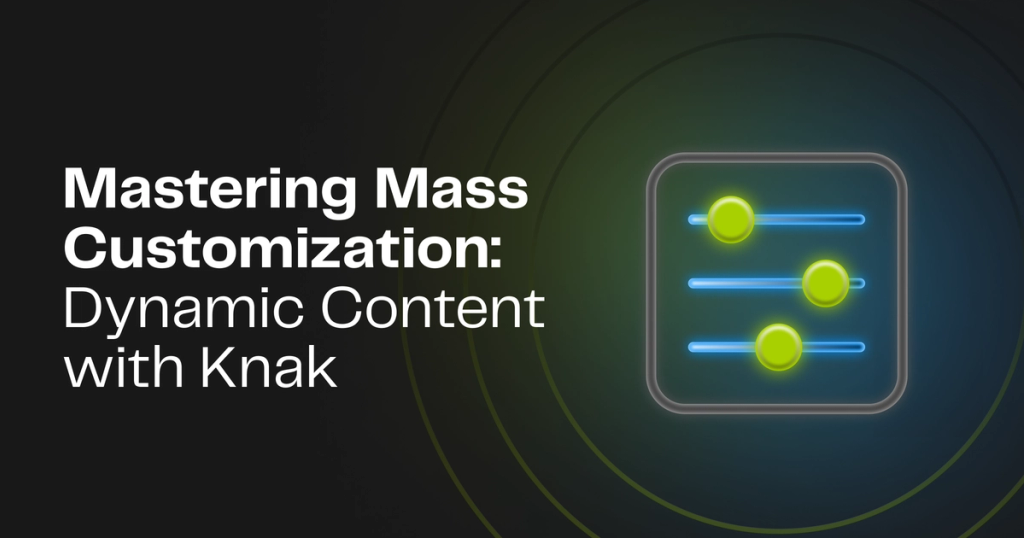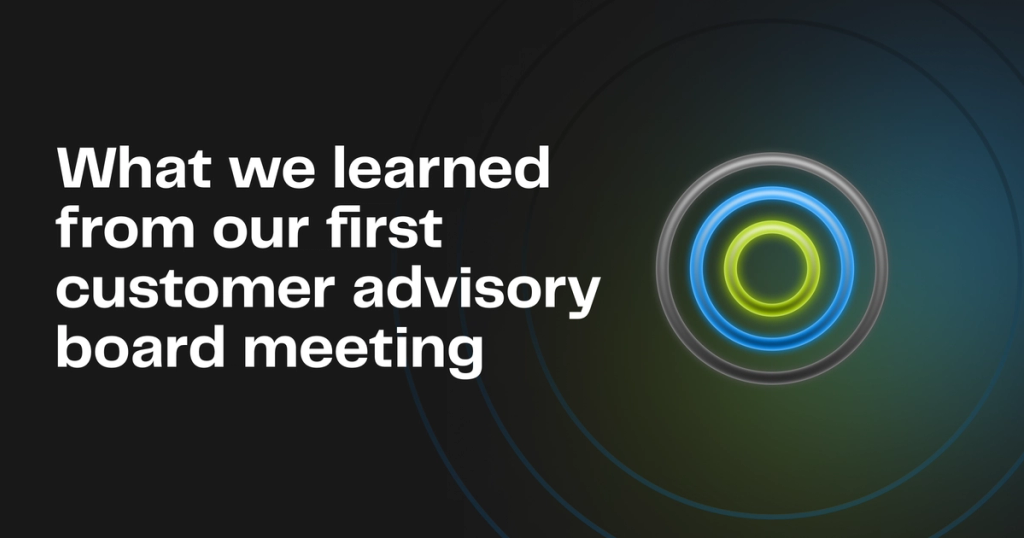Blog
How to Hire During a Pandemic

Summary - Discover the nuances of hiring during a pandemic. Get valuable insights for both employers and job-seekers.
Though COVID-19 has the world economy reeling, not every company is struggling. Some companies have seen business go up, others have found their revenue stream has remained relatively steady. As a result, some companies (Knak is one of them) have been able to hire during the pandemic. Since the start of the year, we have increased our staff by 25% – not because of the pandemic, but in spite of it.
However, in these strange times, the hiring process has been anything but normal.
Today, I want to talk about three important things we learned about hiring during a pandemic. These learnings will be useful to companies thinking of bringing on new staff – and offer insight to anyone looking for a job right now.
1. Base decisions on hard data
As a business owner, it’s very easy to get into a mindset of “we don’t know what’s going to happen, so we should just conserve our cash as much as possible.”
But it’s not all gloom and doom out there. There are bright spots in the economy and if your business is in one of them, you may need to hire.
I suggest each business begin by taking an honest look at its particular situation and try to balance its bottom line with its goals and any momentum it has built up. Yes, you need to be cautious and conservative, especially in troubled times. But you also don’t want to squander an opportunity.
In our case, the first thing we did when the pandemic hit was collect data. We surveyed our customers to find out how COVID was likely to affect them.
We got a mixed bag of reactions, with some customers expecting to lose business, others expecting to grow, and some not sure what to expect.
We realized that only a small number of our customers expected a serious decline in business, and we also saw that even if we lost them, the effect on us would not be catastrophic.
Having that information let us breathe a sigh of relief.
We also realized that our revenue was relatively stable.
We operate on a SaaS (software as a service) subscription model, and the vast majority of our subscribers had already paid up for the year when the pandemic hit. We had the cash on hand, and enough clients that we knew we’d have to hire even if we got no new customers at all for a while. That made us feel pretty comfortable about hiring.
The reality is different for each sector, so it pays to assess risks and opportunities in your line of business. Plane travel is down, but bicycle shops are doing a booming business. International tourism has all but dried up, but local tourism is in some cases taking up the slack. Don’t assume; get the facts.
And speaking of facts: If you’re looking to hire, keep in mind that different forms of government assistance may be available – some related to the pandemic, others not. Find out what’s out there.
So for people who can hire, a pandemic is a great time to be hiring.
Which brings me to my second point.
2. Develop a system for handling a flood of qualified applicants
It was immediately evident when we went to hire that more people than usual were looking for work. We literally got a couple of hundred applications where before we might have expected around 50.
The applications came from all over the world, and they included top-notch candidates with a lot of experience, the kind of people we would have tried to poach from other companies before COVID.
Many of these people had, of course, just been laid off because of COVID.
But there’s more to it than that.
Because so much work is now being done remotely, it matters less and less where the applicants reside. All of a sudden, people who live in another part of the country or in a different country altogether become potential candidates. That’s the other reason applications increased.
Any company that’s hiring had better have an efficient and fully functional HR system to deal with the increased flow.
We have an HR person who coordinates hiring, assisted by a human resources software service all managers can tap into. (We use BambooHR, one of several software options available.)
Whatever system you use, you have to develop a way of sorting through applications quickly by weeding out those who don’t meet basic criteria. For example, we cannot hire people who are not eligible to work in Canada. So an early vetting process will eliminate people who, for example, are over-qualified, or want too much money, or aren’t legally qualified to work for you.
Every company should develop a list of criteria to help it weed out people who don’t fit for company culture reasons too. One of our favourites is the applicant’s LinkedIn profile. We check it out to see how they present themselves. (If they don’t have a LinkedIn profile, we know they are not a good fit for us.) We also look at things like what’s in the background when they do a Zoom call. (And if they can’t do a Zoom call because they have no webcam, they’re not a good fit for our remote-working culture.)
Our HR person selects the people who make the cut and move to the next step, the interview.
Bottom line? With so many applicants, it’s going to take longer than usual to do the screening. You will need to be ruthless. If they are not a perfect fit in terms of experience, qualifications and culture – out they go.
But perversely, having lots of applicants makes the hiring process easier. The really good ones stand out.
3. Set up for virtual interviews (they actually work!)
Can you hire someone without having actually met them in the flesh?
Yes, absolutely! Video calls provide a lot of information about potential hires:
- Are they dressed for the interview?
- Are they prepared?
- Are they on time?
- Are they presentable?
- Can they handle technical issues like using their webcam?
- Have they thought about what’s in the background while they are on camera?
While you can get a few more subtle clues from an in-person interview, I find that video calls are much more business-like than in-person meetings. There’s less chit-chat; people are more likely to get straight to the point.
We have found one problem, though. We’ve done our interviews one-on-one – that is, each manager does a one-on-one interview with each applicant. All too often, each manager asks the same questions. We would probably be better off having a joint interview.
Also, not every manager ads their comments to our HR management software for other managers to see – nor does every manager take the time to review information about the person they are about to interview. So we will have to work to streamline our own processes.
Nevertheless, we are happy with the eight hires we’ve made since February, we’re pleased that the hiring process has worked.
We’ve sent our new hires an onboarding package, and as soon as the COVID pandemic allows, we will gather everyone for an in-person meeting.
One final tip for job-seekers
It amazes me how few applicants follow up their interview with an email. A simple email to the people who interviewed you to thank them for the opportunity can make a difference.
A follow-up email is not going to get you the job; but it will make you stand out, especially if you’re one of two finalists and your rival didn’t take the time.
Knak is always looking for smart people who are passionate about email, so if you’re interested in working for us, keep an eye on our careers page for future opportunities.

Author
Co-Founder & CEO, Knak
Pierce is a career marketer who has lived in the marketing trenches at companies like IBM, SAP, NVIDIA, and Marketo. He launched Knak in 2015 as a platform designed to help Marketers simplify email creation. He is also the founder of Revenue Pulse, a marketing operations consultancy.







